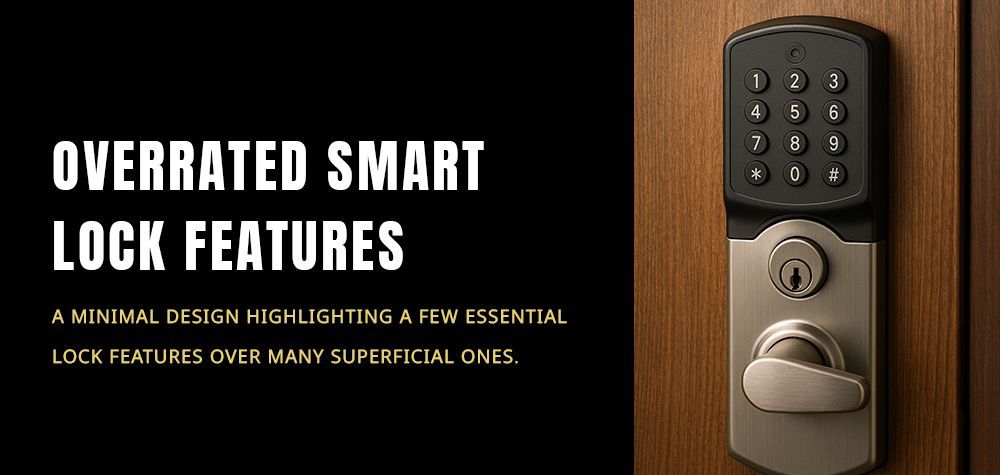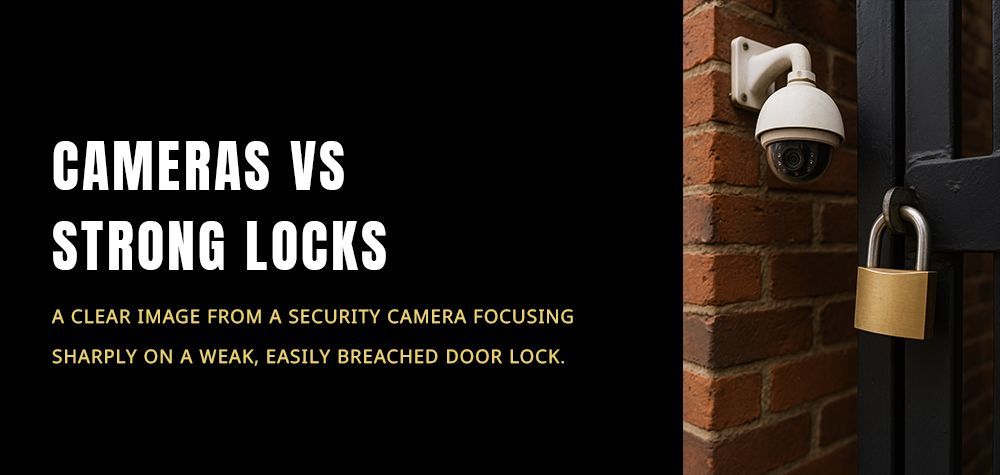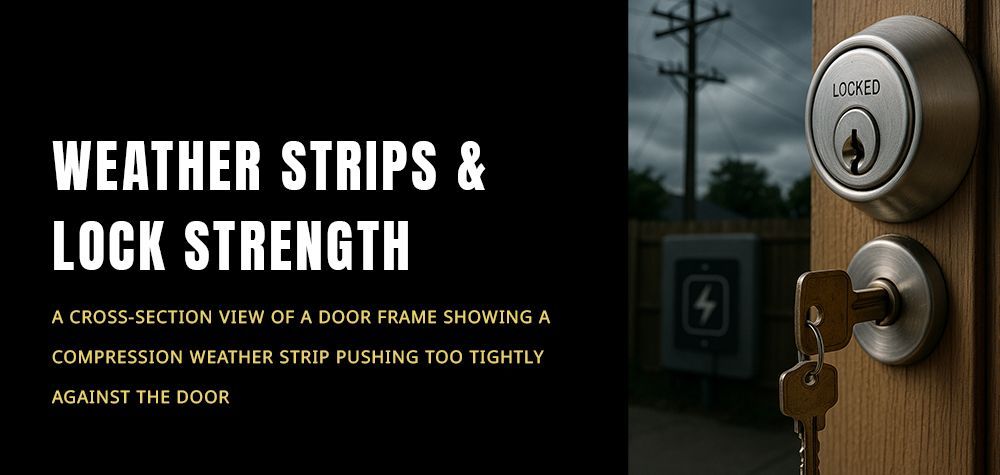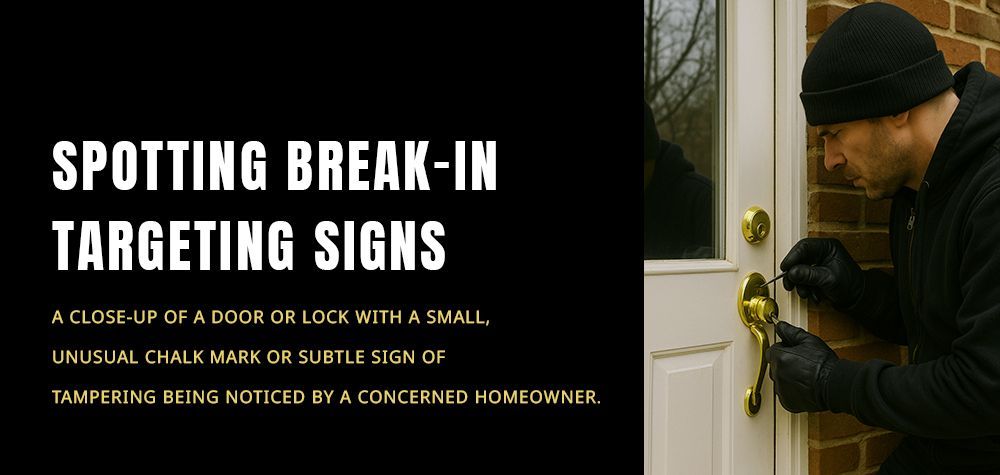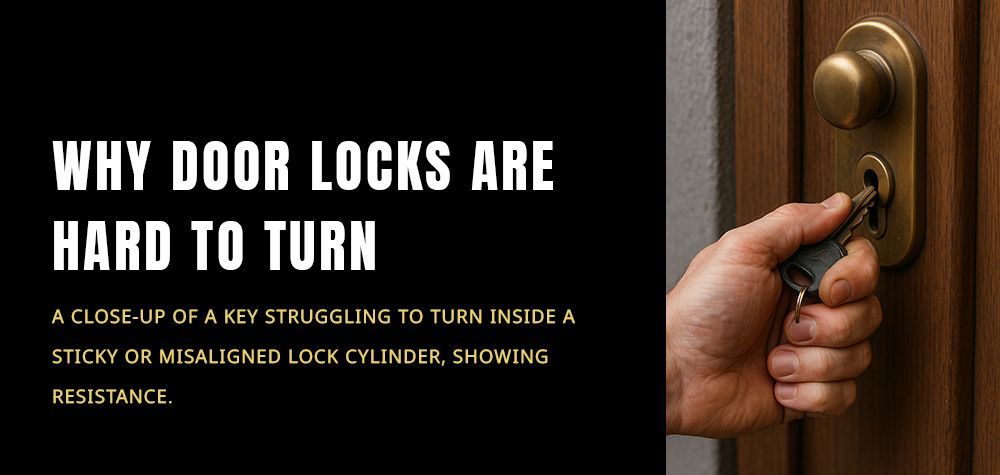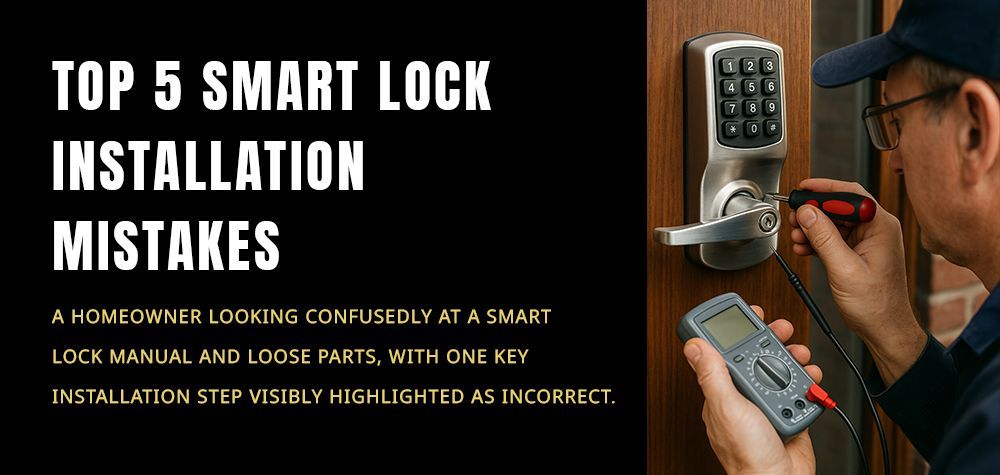Locked Out of Mercedes Benz? 4 Surefire Ways to Fix the Problem
Have you ever locked your car with the keys inside? It can be a frustrating experience to be locked out of your Mercedes Benz. Mercedes Benz has an auto-locking feature that activates itself in specific circumstances. For instance, if the car speeds past 9 mph or the owner with the key fob moves a certain distance from the car.
In cases like this, the general idea is to gain access while minimizing the level of damage. If you ever find yourself in this situation, here’s what to do:
Things to Do When You’re Locked Out of Your Mercedes Benz
Call 911 If It’s an Emergency
Before trying to gain access to your vehicle, analyze the situation. If your child or pet is inside the car, you have an emergency. Quickly call 911. They’ll ask for details and your location and send help as soon as possible. While you await their arrival, attempt a forcible entry into your car. Use a hard tool like a hammer to smash the window that’s the farthest from your kid or pet.
Smashing a window will send shards flying in all directions, potentially injuring your child or pet. So, to minimize the shattering effect, tape a sizable chunk of the window before hitting it. Hopefully, if the emergency services come on time, they should help you arrest the situation.
Double-check Your Car Doors
Doing this could save you plenty of stress and expenses. Before you attempt other complicated methods with high chances of damaging your car, it’s always advisable to check all your car doors once again.
Sometimes, your central lock may be faulty, making it possible for one door to be unlocked. Many people have reported this scenario, so you don’t have to rule it out.
DIY Methods
You can also try out the following DIY methods. However, take caution as you might damage your car.
Use a Shoelace
You might wonder how you can use a shoelace to open your car. Create a loop the size of your index finger by tying a slipknot in the center of the shoelace. Then twist the shoelace around the driver’s side door’s right corner until the slip knot is within the seam.
Holding the shoelace in both hands, move it back and forth in a back-and-forth motion as if flossing a massive tooth. This will cause the slip knot to move down the glass and toward the car door lock. Carefully place the loop over the lock, then tighten the noose by pulling the ends of the string. Pull up on the latch gently to unlock the automobile door when you think you have a good grasp on it.
Use a Coat Hanger
A thin wire hanger can come in handy in the absence of a shoelace. However, you can only use it on older models with manual locks. Untangle the coat hanger with pliers, so one side is hooked, and the other is straight.
Then, insert the coat hanger between the window and the weatherstripping. Start fishing for the control arm once your hook is beneath the window. Pull up with the hook once you’ve found it, and the door will automatically open.
Use a Bobby Pin
Bobby pins are another old-school trick for opening locked car doors. Pull apart the second pin, gently bending one of its tips, and bend the first pin at a 90-degree angle. Stick the bent side of the first pin into the lock, then the straight side of the second pin into the lock.
Move the second pin around inside the lock until it clicks open while holding the first one steady. However, if you perform this maneuver incorrectly, you can damage your vehicle.
Use a Wedge
If you can lay your hands on an automotive toolkit, you can use the wedge inside to unlock your car. This method works for both old and new models. Use a pry tool to pull the top of the door frame and then secure the frame with the wedge. Then push the unlock button with a long, slender rod.
However, there is a disadvantage. Using this procedure, even the most competent hands will scuff the paint or shred the weather stripping. Because the top of the door frame can sometimes remain twisted out from the body after using the wedge, you may need to visit a body shop to realign it.
Use a Screwdriver
You can also use a screwdriver and a metal rod to unlock your Mercedes-Benz. To test if the lock opens, use the screwdriver to open some space and then put the metal rod into the lock. Just be cautious, since these tools have the potential to do damage to your vehicle.
Use a Spatula
Kitchen utensils like a spatula may come in handy when you’re locked out of your car. Place a spatula between the car door and open it. You can unlock it from the inside if you can open the door with the spatula.
Get Professional Help
Perhaps you don’t have an emergency case, and you’ve double-checked your doors, and they’re locked for real. You’ll have to get professional help. Contact a professional automotive locksmith service for help.
Perhaps you’re on a road trip, and there’s no automotive locking service nearby. Contact the nearest fire department or police. You might be lucky to find one that can help. These units usually find themselves in similar situations.
You can also call for roadside help to help you unlock your automobile. To get help, you must know your vehicle’s location.
Conclusion
However, one thing to consider is that you should always keep some of these DIY tools handy in case you may need them. Better still, invest in an automotive toolkit. You’ll have various useful tools to help you in any situation.
Call Us Any Time!


